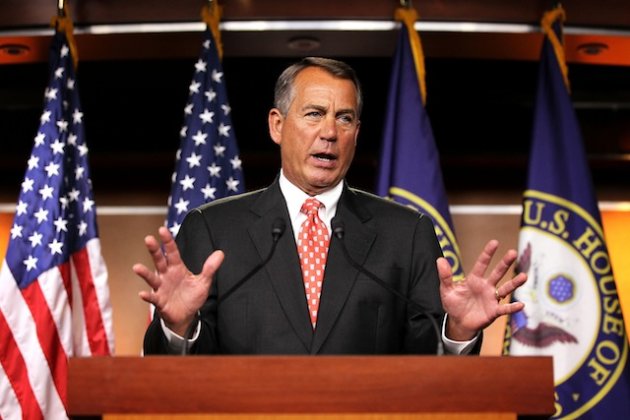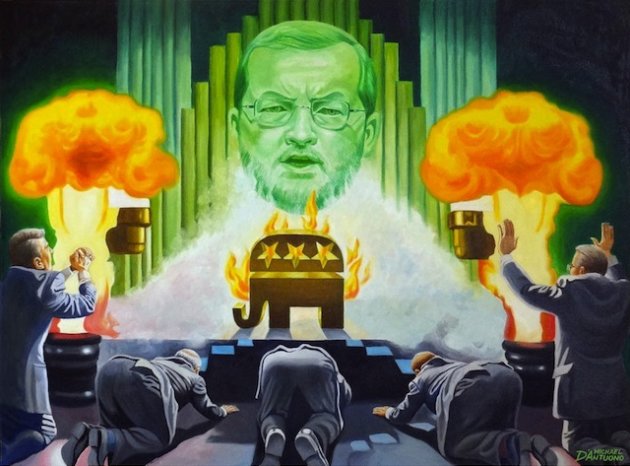More than 30 years after the dawn of the HIV epidemic, the significance of the infection and awareness for how it’s transmitted has dropped precipitously among young people, especially among gay men, according to new data from the federal government.
National statistics for 2010 show that more than one-quarter of all new HIV infections are among youths ages 13 to 24. Of the estimated 47,500 new infections in 2010, more than 83% are among men.
Almost three-quarters are attributed to sex between men, and half of all new cases are among African Americans, according to data from the Centers for Disease Control and Statistics.
HIV prevalence among blacks is nearly three times higher than among Hispanics and nearly eight times higher than among whites. Men who have sex with men have prevalence rates nearly 40 times higher than other men, the authors said.
MORE: HIV Vaccine Under Study May Last a Lifetime
An estimated half of HIV-positive young people are unaware they were infected. The study found that HIV testing was low — only 12.9 percent among high school students and 34.5 percent among people ages 18 to 24. Testing is less common among males compared to females and is lower among whites and Hispanics compared to African Americans.
“More effort is needed to provide effective school- and community-based interventions to ensure all youths, particularly men who have sex with men, have the knowledge, skills, resources, and support necessary to avoid HIV infection,” wrote the authors of the report.
The statistics are sobering news as World AIDS Day approaches on Dec. 1.
“I think the statistics are alarming and that we should be alarmed,” Chris Collins, vice president and director of public policy at amFAR, The Foundation for AIDS Research, told Take Part. “I think that what we in the gay community need to come to grips with is HIV remains our number-one health equity issue. “
MORE: Can HIV Prevention Be Found in a Pill?
In an essay published earlier this month on the amFar web site, Collins and co-author Jeffrey Levi said it’s time to refocus the HIV-prevention campaign among gay men. Young men who have sex with men represent the only group in which HIV incidence appears to be increasing, he says.
The alarming HIV incidence among gay men stands in contrast to the popular perception that the HIV threat is under control. Efforts by the LGBT community in the ’80s and ’90s resulted in an estimated 89 percent decline in HIV transmission over that time period, Collins says.
“I think the advent of life-saving AIDS drugs in the mid ’90s was both a wonderful thing that saved the lives of so many gay people but also meant that the gay community, to some degree, turned to many other challenges — understandably so,” he says.
MORE: More People Than Ever Living with HIV
Since then, efforts to educate a new generation of young people about HIV prevention have faded. The LGBT community is needed to reinforce the HIV prevention message, he says.
“We saw the power of the gay community in the ’80 and ’90s to confront this epidemic and mobilize the public and private sectors to address a problem that was devastating us,” Collins says. “We need to reconnect with our activism and focus from the 1980s and help everyone in the gay community get tested and get access to the care they need.”
AmFar recently published a brief, “Ending the HIV Epidemic Among Gay Men in the United States” that serves as an agenda for progress. The brief calls for utilizing the Affordable Care Act to improve HIV testing and treatment as well as to promote overall better health among LGBT people.
Stigma is another big reason why people with HIV or who are at higher risk for the infection don’t get the healthcare they need, Collins adds.
MORE: FDA Approves Truvada as First HIV Prevention Drug
“We know for sure is stigma is a huge part of the HIV epidemic in the United States,” he says. “It impedes people from learning their HIV status, getting the care they need and talking to their doctors openly.”
The U.S. Preventive Services Task Force, which advises the federal government on health policy, earlier this month issued preliminary guidelines calling for routine HIV screening as part of a check-up. In 2006, the CDC recommended that doctors routinely test all patients for HIV, regardless of risk, however only people at increased risk for HIV were eligible for free HIV screening. The USPSTF recommendation would mean more people could be tested without having a co-pay.
The task force also recommended that people at high risk for infection be tested at least once a year.
“The recommendation from the commission is a hopeful sign and the kind of thing we need to encourage health providers to offer testing,” Collins says. “We need to have HIV testing readily accessible and routine in all kinds of environments. It ought to be something doctors and nurses regularly offer. For gay men, they ought to be getting HIV tests regularly, not just every couple of years but perhaps every six months.”
MORE: Transgender Healthcare: A Work in Progress
Collins says he expects HIV prevention will re-emerge as a top priority in the LGBT community. The topic will be prominent at the 25th National Conference on LGBT Equality: Creating Change, in January in Atlanta.
“There are a variety of efforts going on to engage the gay community,” he says. “I think we’re going in the right direction.”
Question: Why do so few young people get tested for HIV? Tell us what you think in the comments.
Medications/Drugs News Headlines – Yahoo! News












